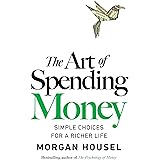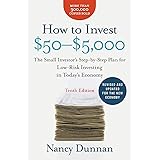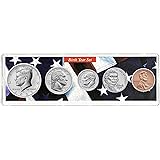An investing account allows you to invest money for your short- and long-term goals. It’s a great way to grow wealth, but it can also involve a certain amount of risk.
It’s important to have a savings and retirement accounts funded first before opening an investment account. However, investment accounts can offer higher returns than savings or checking accounts, and help you reach long-term financial goals like buying a home or saving for retirement.
There are many different types of investments available, so it’s important to find the type that suits your needs and goals. A brokerage account, or taxable investment account, is the best option for most investors. You can use it to purchase stocks, mutual funds, ETFs, and other assets.
A brokerage account gives you the freedom to buy and sell securities without restrictions, unlike other types of investment accounts, such as retirement accounts. It is also a good choice for those who want to take advantage of the stock market’s potential to generate wealth over time through compounding and reinvestment. However, it is important to remember that there are risks involved in investing, and your investments may not perform as well as others.
Getting started with an investment account starts with finding the right brokerage firm. Then, you need to determine how hands-on or hands-off you want to be in managing your investment portfolio. There are a number of options to choose from, including discount brokerage accounts that cater to the do-it-yourself investor, and full-service brokerage accounts where you work with a financial advisor to build and manage your investment portfolio.
Another consideration is the type of account you want, such as a cash or margin account. A cash account lets you purchase investments using the money in your account, while a margin account lets you borrow against your equity to buy additional investments. Margin trading is more risky than a cash account, so it’s better suited for advanced investors.
You can open an investment account with most major financial institutions and some online platforms. Some online brokerage accounts are designed for the do-it-yourself investor, while others offer the guidance of a professional financial advisor or “robo-advisor.” The type of investment account you choose will depend on your financial goals, budget, and risk tolerance.
Once you’ve opened an investment account, it’s important to stay on top of your investments to make sure they are meeting your goals. The best way to do that is by tracking your portfolio’s performance regularly with an app or website. Some apps even allow you to set up notifications if your portfolio crosses a certain threshold. While it’s possible to track your investment portfolio with just a spreadsheet, some apps and websites provide more sophisticated tools that can give you a deeper level of analysis. For example, Robinhood’s app has an automated investment tool that can help you build a portfolio based on your risk tolerance. This is an especially useful feature if you’re new to the market or are looking to diversify your portfolio.









